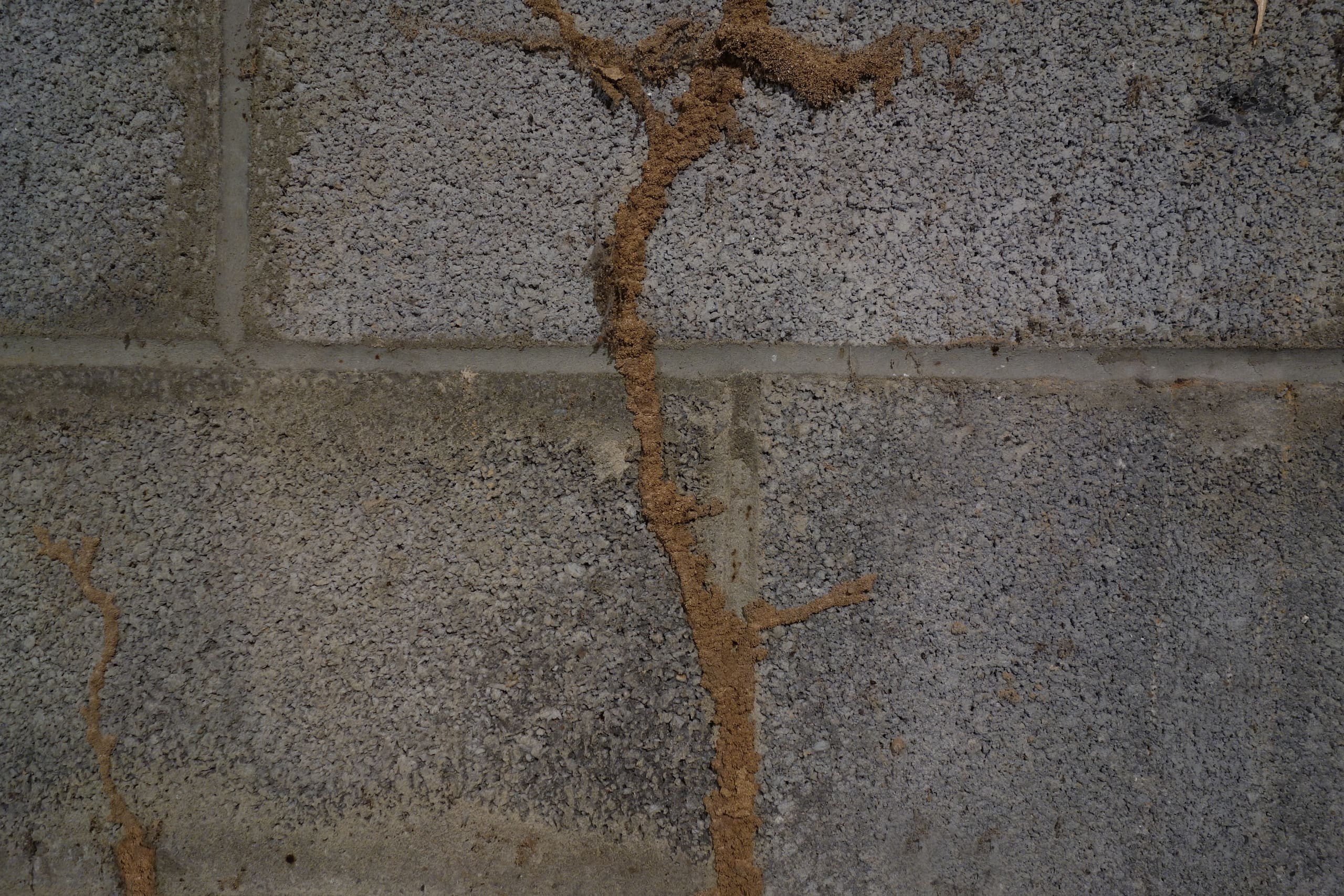Tenant Fact Sheet: Preventing Termites in your Home
Posted on 1 Jun 2023
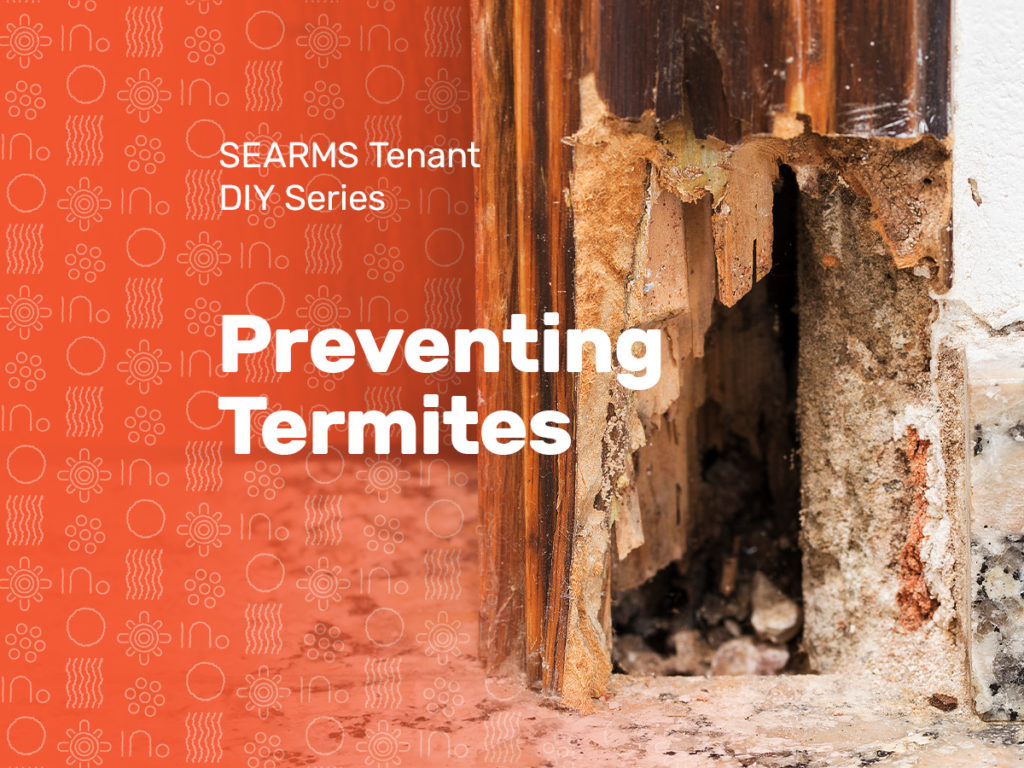
Termite attacks on homes are more common than you would think, particularly when there’s more rain than normal, creating a damp environment. The three key items that attract termites to your home are:
- Moisture in, under and around the home
- Termite food, including timber & wood, stored close to or against the home
- Unkept gardens
Once termites take hold, it is very difficult to eradicate the problem.
Taking steps to prevent termites is easy and a great way to protect yourself and your home. Here are some tips on how you can help SEARMS to protect your home from structural damage.
Reduce moisture in, under and around the home
An increase in rain in an already damp environment can create a range of issues for homeowners, including termites. Termites thrive in damp environments!
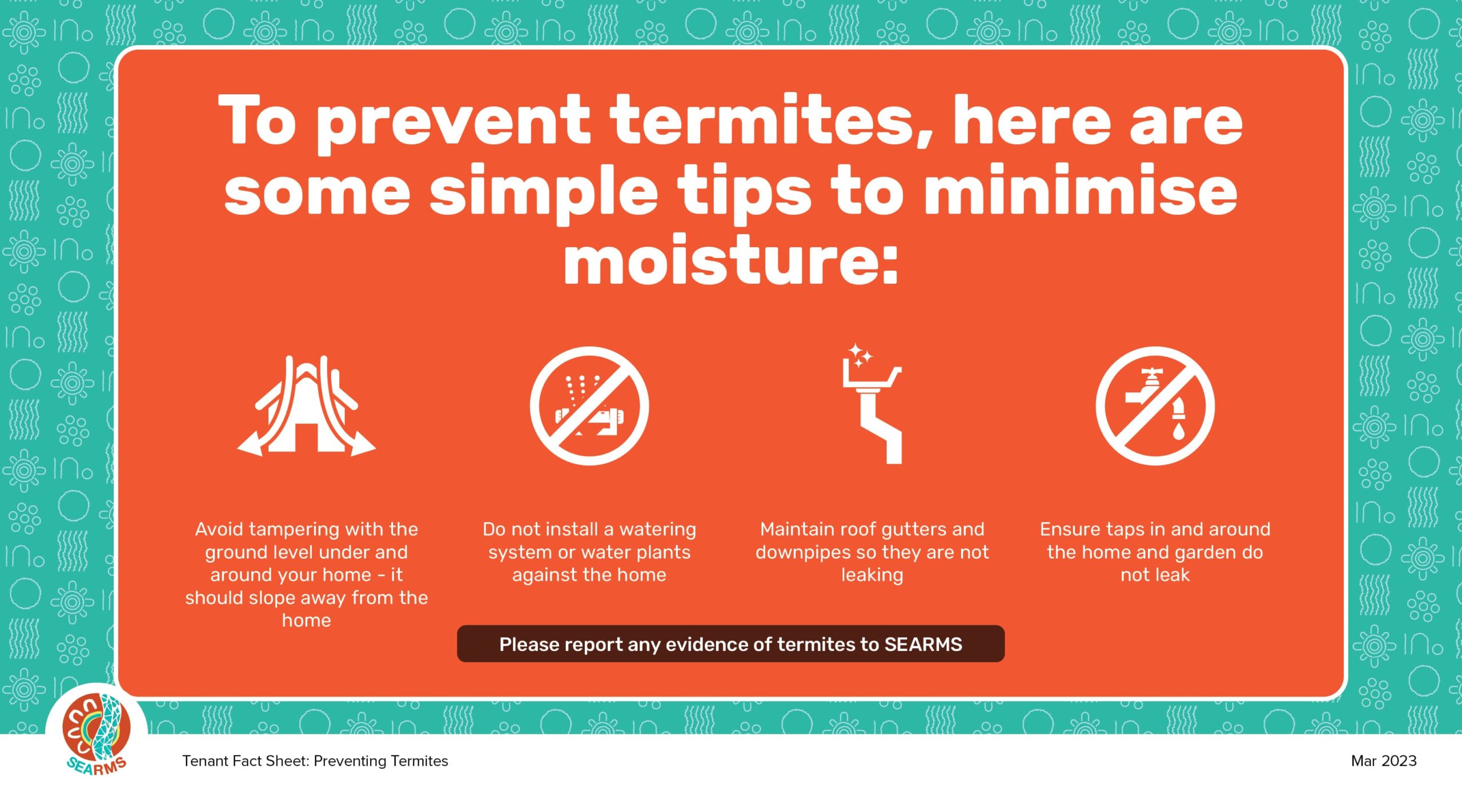
Eliminate termite food sources
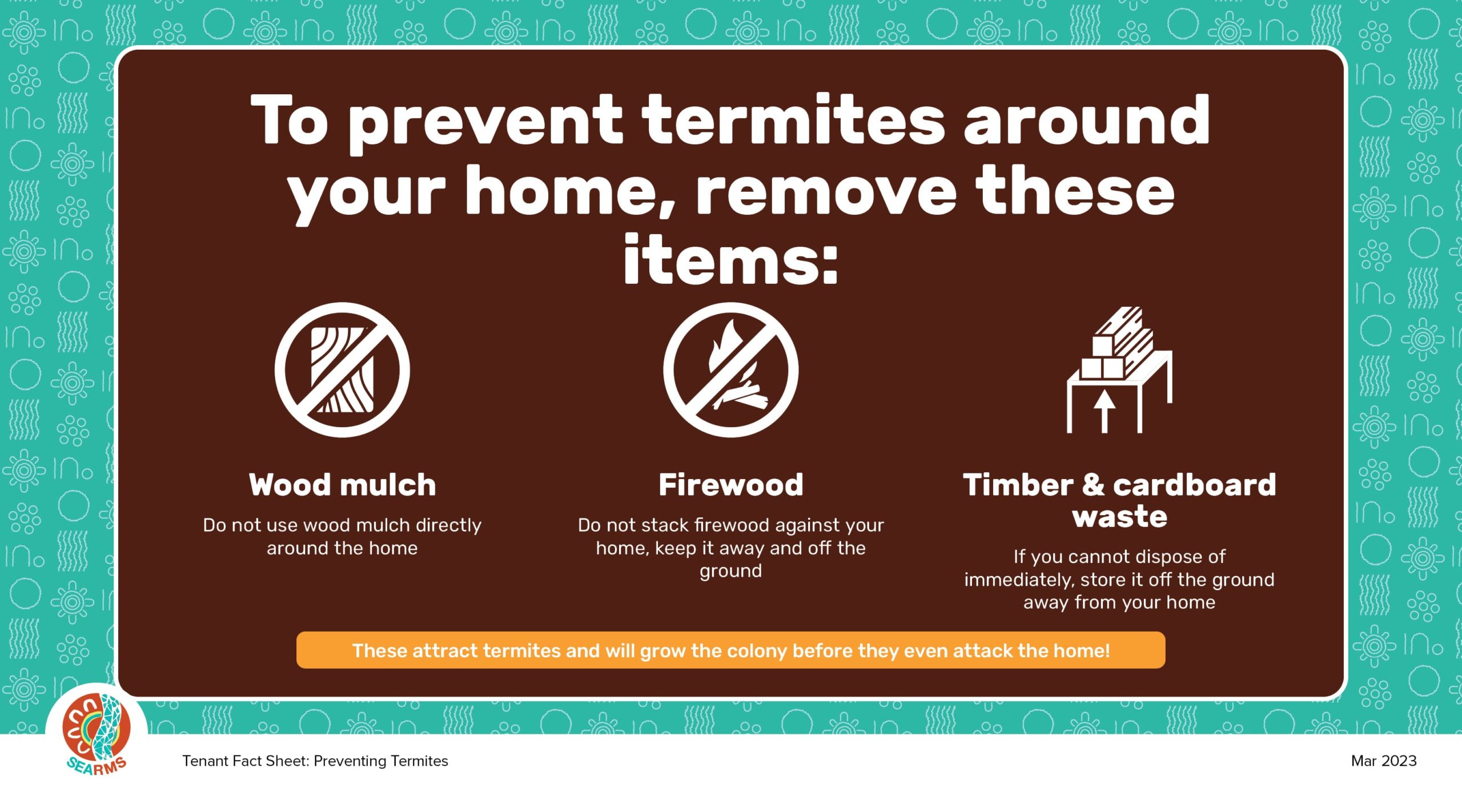
Unkept gardens create plenty of homes for termites
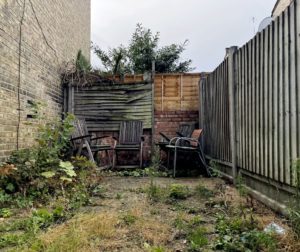
Keeping your yard tidy and free of debris is important for two reasons:
- A messy garden creates plenty of spaces for termites to nest
- An untidy yard makes it harder for you to notice signs of termites around your home
Here are 3 easy things you can do to keep the space around your home clear and deter termites:
- Remove garden waste and clear any dead plants and trees before they rot
- Do not store wooden items beneath the home or in basements
- Minimise bushy gardens or plants growing against your home or fences
Signs of termite activity to look out for
Staying vigilant for signs of termite activity is important as the sooner you pick up on something unusual, the more successful treatment is. A few things to keep an eye out for include:
- Mud ‘tubes’ (see image below), termites build mud tubes from mud and droppings so they can travel from outside to inside and around your home
- The power at your home repeatedly short circuiting
- Noticeable floor and/or ceiling damage such as blistering, cracks and sags – you can test this by knocking on beams to see if they sound hollow
- Cracked paint or plaster on walls
If you notice any of these signs of damage, please contact SEARMS so we can call in a specialist to investigate.
